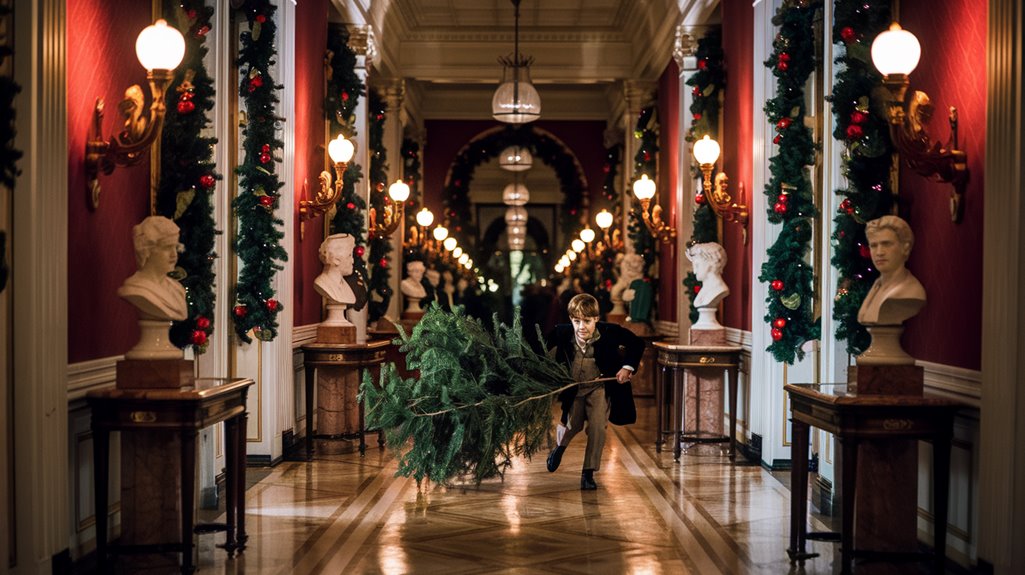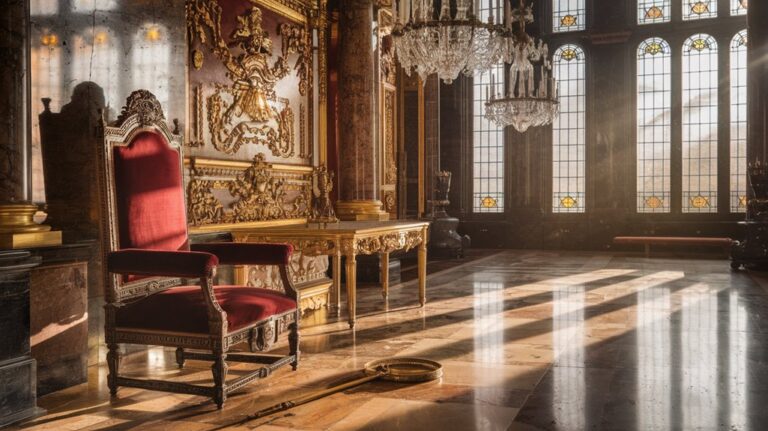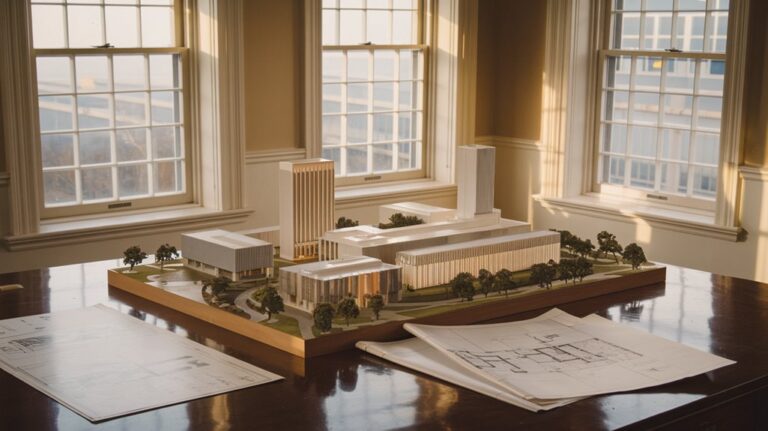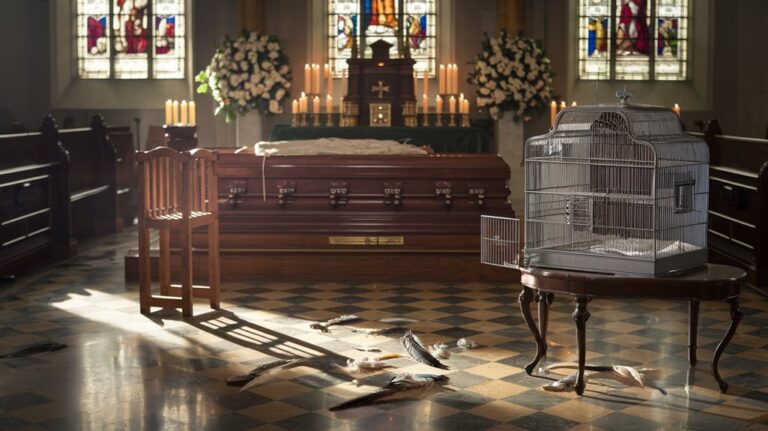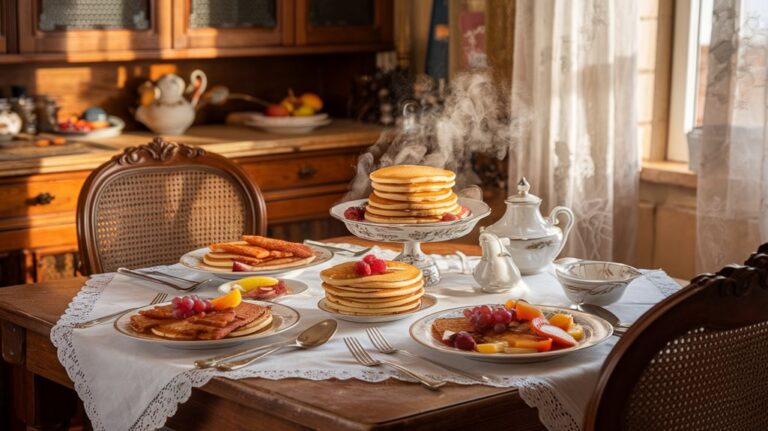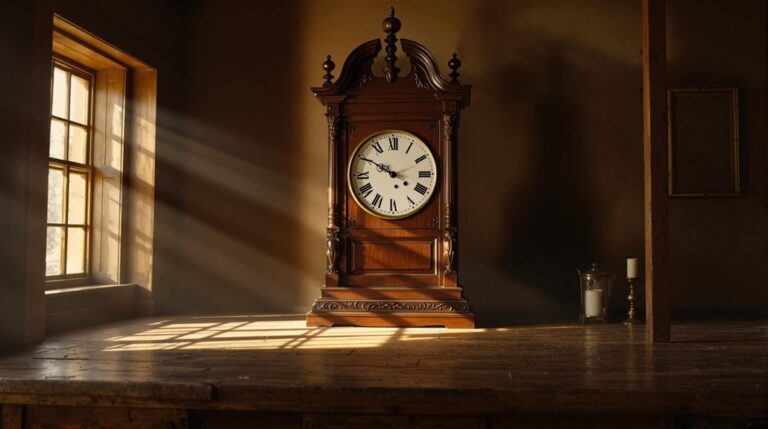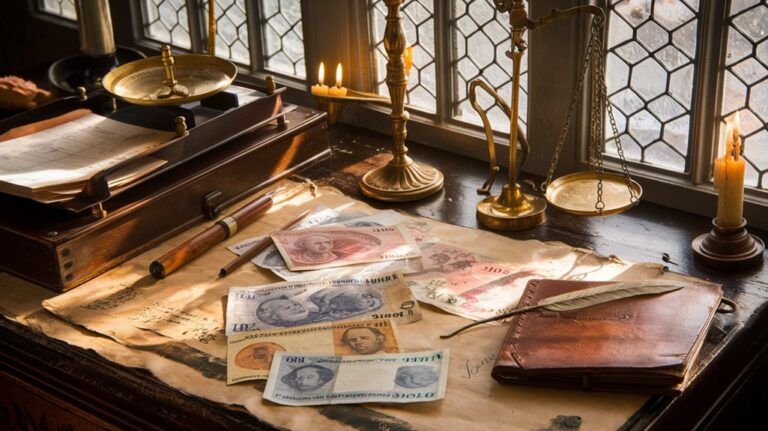The First White House Christmas Tree Was Sneaked in by Teddy Roosevelt’s Son
You've likely decorated a Christmas tree at some point in your life, just as Archie Roosevelt did in 1902—though your circumstances were probably quite different from sneaking a six-foot evergreen into the White House. As President Theodore Roosevelt's son, young Archie faced a unique challenge: his conservation-minded father had banned Christmas trees from the executive mansion. Yet this tale of yuletide rebellion isn't merely about a child's defiance; it's a pivotal moment that helped shape both White House traditions and America's broader embrace of the decorated evergreen as a holiday symbol. What happened next would surprise even the President himself.
Roosevelt's Secret Yuletide Surprise
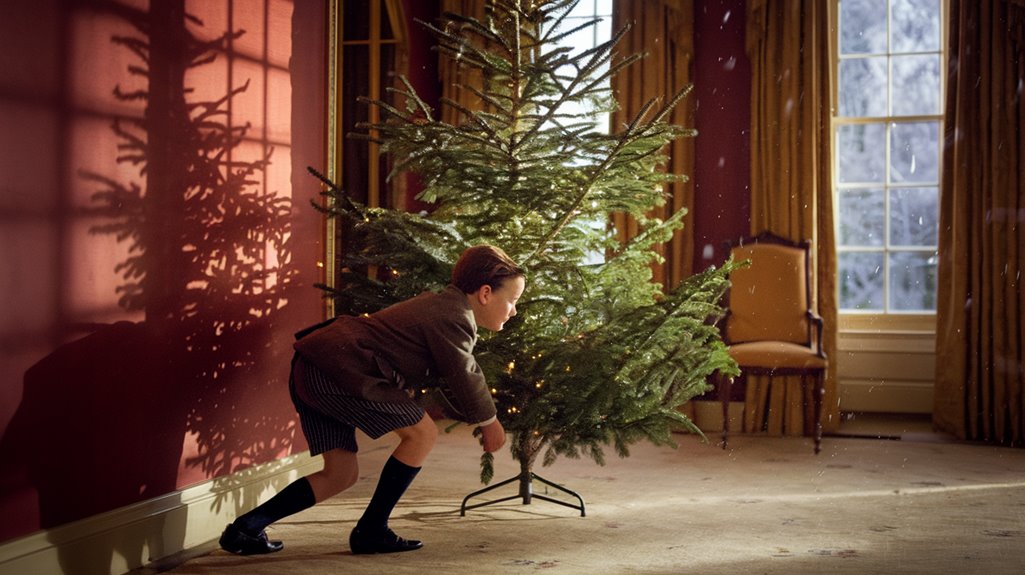
While Theodore Roosevelt was known for his strong conservationist values, his supposed ban on White House Christmas trees is actually a myth. The real story is that the Roosevelt family simply didn't celebrate Christmas with a tree as part of their family traditions.
With help from a carpenter, Archie secretly set up a six-foot Christmas tree in a large closet.
In 1902, young Archie Roosevelt decided to shake things up at the White House by secretly bringing in a Christmas tree. Despite the family's usual practices, President Roosevelt was amused by his son's holiday surprise rather than upset. This year was actually one of several without trees, as 1904, 1907, and 1922 would also pass without White House Christmas trees.
This incident led to a shift in the family's Christmas traditions, and they began incorporating trees into their celebrations.
You might be surprised to learn that Christmas trees had already been part of White House history, with President Benjamin Harrison introducing the first one in 1889, inspired by the Victorian-era custom.

